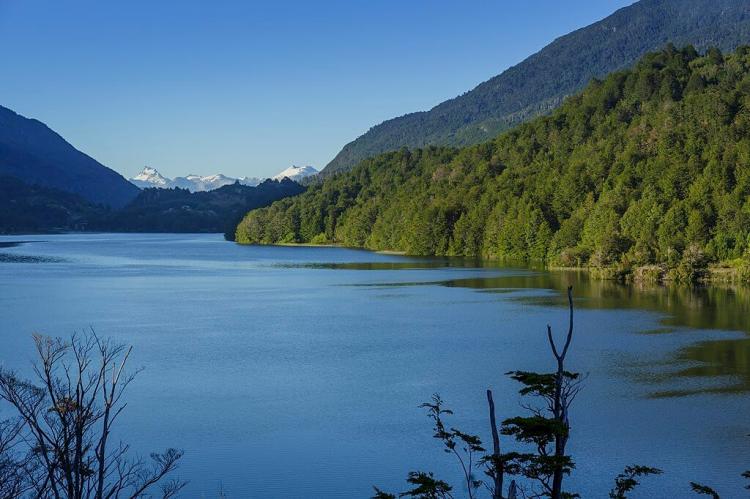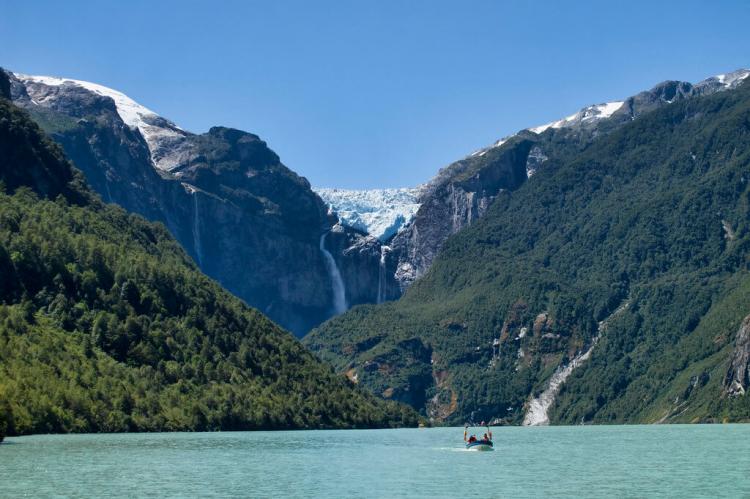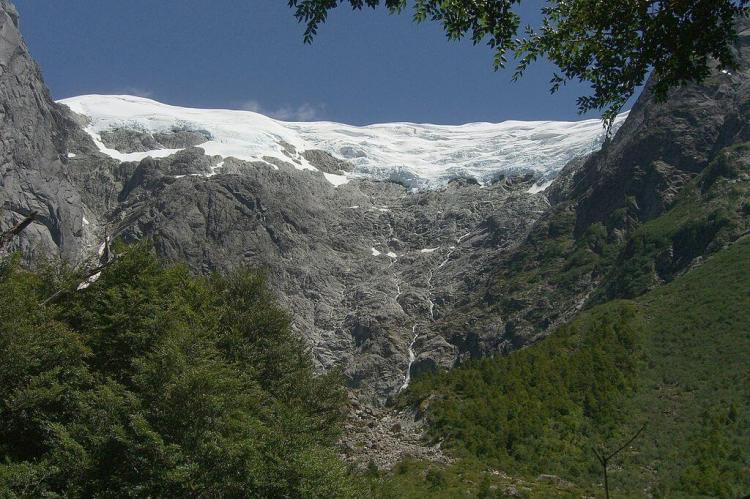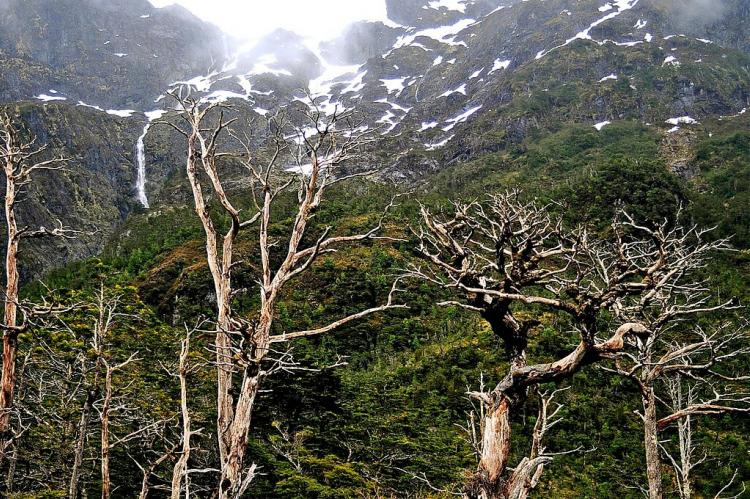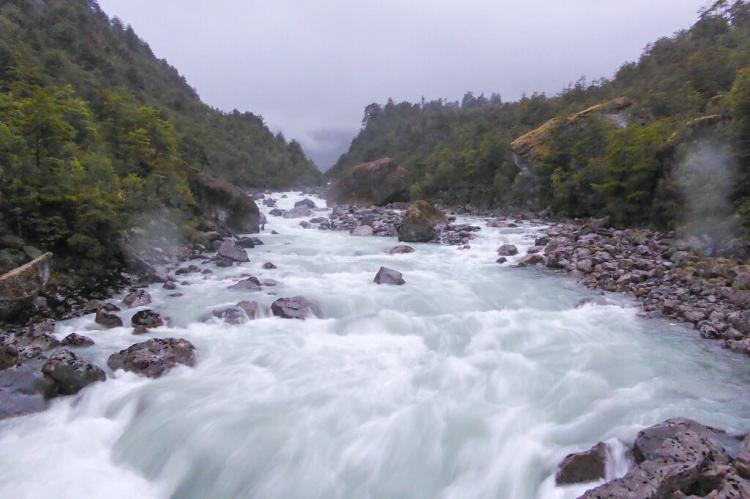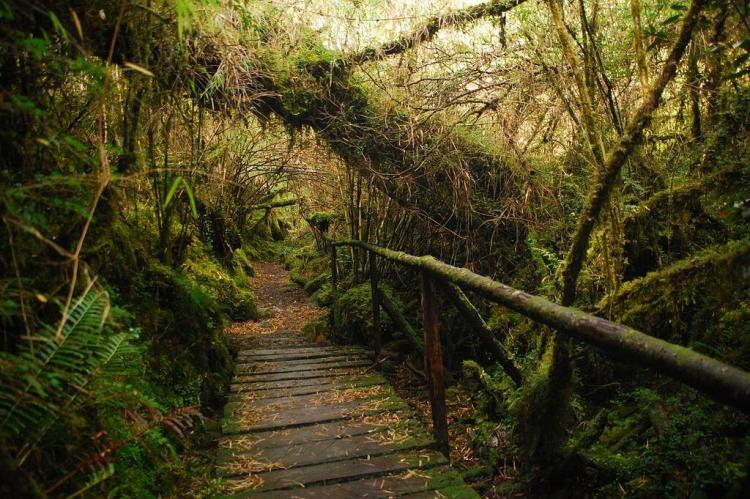The Majestic Landscapes of Queulat National Park
Queulat National Park, located in the Aysén Region of southern Chile, is a sanctuary of glacier-capped mountains, untouched evergreen Andean Patagonian forests, and diverse ecosystems. The park's centerpiece, the Queulat Hanging Glacier, epitomizes its natural beauty.
Queulat National Park: A Jewel of Southern Chile
Queulat National Park, located in the Aysén Region of southern Chile, is a sanctuary of glacier-capped mountains, untouched evergreen Andean Patagonian forests, and diverse ecosystems. Established in 1983, the park spans 154,093 hectares (380,772 acres) and is renowned for its stunning landscapes and rich biodiversity. The park's centerpiece, the Queulat Hanging Glacier (Ventisquero Colgante), epitomizes the park's natural beauty with its awe-inspiring views.
Geography and Natural Features
Queulat National Park is nestled within the Patagonian Andes, with elevations exceeding 2,000 meters (6,562 feet). The park contains two small ice fields, with glaciers extending up to 12 kilometers (7 miles). The primary ice cap, the Queulat ice cap, spans approximately 80 square kilometers (31 square miles) and includes the iconic hanging glacier. Another ice cap, covering around 40 square kilometers (15 square miles), is centered at an unnamed summit reaching 2,255 meters (7,398 feet).
The Cisnes River borders the park to the south and the Lago Rosselot National Reserve to the north. The Carretera Austral, a major roadway, runs through the middle of the park, providing access to various natural attractions. This route includes the Cuesta Queulat, a series of 21 hairpin turns offering panoramic views of the hanging glacier and diverse vegetation zones. Other key attractions include Los Témpanos and Los Pumas Lagoons, Padre García and Cóndor Waterfalls, and Lake Risopatrón.
Historical and Cultural Significance
Queulat National Park lies in the ancestral territory of the Chono people, a nomadic group that navigated the islands and channels in canoes, hunting sea lions, fishing, and gathering shellfish and seaweed. The park's name," Queulat," meaning" Sound of Waterfall" in the Chono language, reflects the region's natural acoustics. Jesuit explorers discovered the area in the eighteenth century while searching for the mythical" City of the Caesars."
Flora and Fauna
Queulat National Park is part of the Valdivian temperate forests ecoregion, known for its high annual precipitation, reaching up to 4,000 mm (157 inches). This wet environment supports a variety of tree species, including coihue, tepa, Coigüe de Magallanes, Ciprés de las Guaitecas, Radal, Mañío hembra, Ulmo, Tepa, Ciruelilo, Canelo, Tepu, Lenga, and Ñirre. The park is also home to enormous Nalcas (Chilean Rhubarb), Chaura, Chilco (Hardy Fuchsia), Michay Blanco, and numerous fern species.
Queulat National Park serves as a refuge for diverse wildlife. The southern part of the park, particularly around the Queulat mountain pass, hosts mammals such as the pudú and kodkod and bird species like the Chucao tapaculo, Chilean pigeon, Magellanic woodpecker, black-throated huet-huet, and thorn-tailed rayadito. The northern sections, closer to the coast, support semi-aquatic mammals such as the southern river otter and coypu, along with birds including the Magellan goose, Chiloé wigeon, yellow-billed pintail, red shoveler, flying steamer duck, rosy-billed pochard, red-gartered coot, ringed kingfisher, great egret, cocoi heron, black-crowned night heron, torrent duck, sedge wren, Chilean flicker, and black-necked swan.
Attractions and Activities
The park's centerpiece, the Queulat Hanging Glacier, is a must-see. This spectacular glacier appears to hang off a cliffside, with meltwater cascading down to form impressive waterfalls. The hiking trails leading to the glacier provide various vantage points from which to admire this natural wonder. Other popular hikes include trails to the Padre García and Cóndor Waterfalls, offering stunning views and opportunities to observe the park's rich biodiversity.
Los Témpanos Lagoon, located near the hanging glacier, is another significant attraction. Visitors can take boat tours to get closer to the icebergs that calve from the glacier and float on the lagoon. Los Pumas Lagoon, situated deeper within the park, offers a more secluded and serene environment for those seeking tranquility and a connection with nature.
Route of Parks
Queulat National Park is part of Chile's scenic "Route of Parks," a 2,800 km (1,700 mi) trail stretching from Puerto Montt in the north to Cape Horn in the south. This route connects 17 national parks, protecting over 11.8 million hectares (28 million acres) and highlighting the natural splendor of Patagonia. The Route of Parks aims to promote conservation, sustainable tourism, and appreciation of Chile's natural heritage.
Conservation Efforts
As part of the Route of Parks, Queulat National Park plays a crucial role in conserving Patagonia's unique landscapes and ecosystems. Efforts are ongoing to preserve the park's biodiversity and protect endangered species. Researchers and conservationists work together to monitor wildlife populations, study the impacts of climate change on glaciers and ecosystems, and implement strategies to mitigate these effects.
Accessibility and Visitor Information
While Queulat National Park remains relatively remote, it offers opportunities for adventure and exploration. The park's infrastructure includes trails, viewpoints, and campgrounds, allowing visitors to experience its untouched landscapes. The hanging glacier and diverse ecosystems make the park a prime destination for nature enthusiasts and researchers.
Visitors are encouraged to respect the park's natural environment and adhere to conservation guidelines. Sustainable tourism practices, such as minimizing waste and staying on designated trails, help preserve the park's pristine condition for future generations.
Conclusion
Queulat National Park is a pristine wilderness showcasing southern Chile's beauty and biodiversity. Its glacier-capped mountains, verdant forests, and rich cultural history make it a vital part of Chile's natural heritage. As part of the Route of Parks, Queulat National Park plays a crucial role in conserving Patagonia's unique landscapes and ecosystems. For those seeking an adventure in an untouched natural paradise, Queulat National Park offers an unparalleled experience.
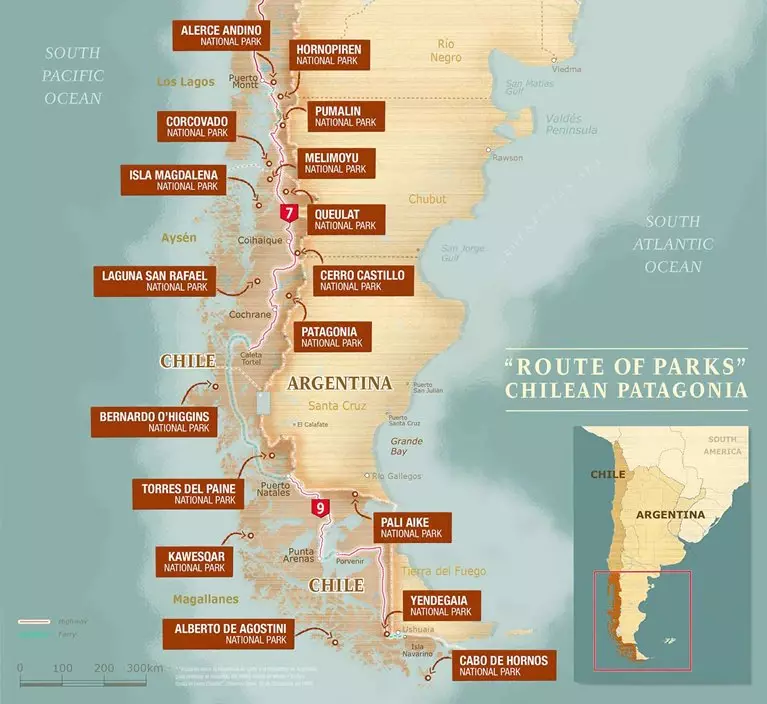
Chile'ss Route of Parks map - Thompson Conservation
